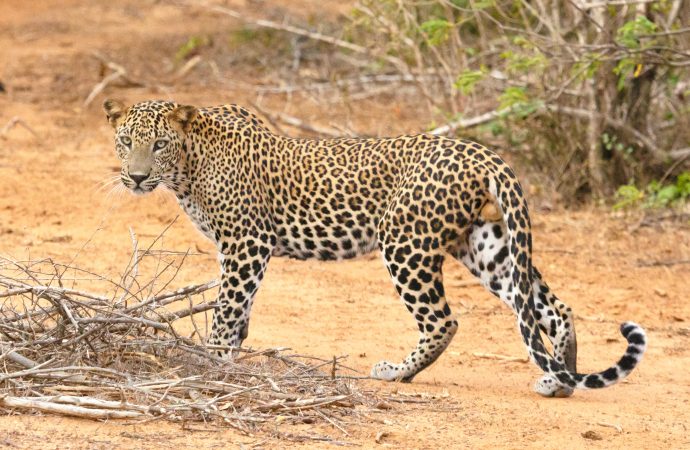Leopards are one of the most elusive and fascinating predators in the wild. Their stealthy movements and solitary behavior make them difficult to observe in their natural habitat, and until recently, little was known about their behavior and ecology. However, with advances in technology and new research techniques, scientists are beginning to uncover the secrets
Leopards are one of the most elusive and fascinating predators in the wild. Their stealthy movements and solitary behavior make them difficult to observe in their natural habitat, and until recently, little was known about their behavior and ecology. However, with advances in technology and new research techniques, scientists are beginning to uncover the secrets of leopard behavior in the wild.
One of the key areas of study for leopard behavior is their hunting strategies. Leopards are skilled hunters that have adapted to a variety of environments, from dense forests to open savannas. They are opportunistic predators that will prey on a variety of animals, from small rodents to large antelopes. However, their hunting success rate is not always high, and researchers are studying how leopards use their environment to increase their chances of catching prey.
One study conducted in South Africa found that leopards use different hunting strategies depending on the environment they are in. In areas with dense vegetation, leopards were more likely to ambush their prey from close range, while in open savannas, they used more stalking and pursuit tactics. Researchers also found that leopards were more successful at catching prey in areas with high vegetation cover, which provides them with better cover and stalking opportunities.
Another area of study for leopard behavior is their social behavior. Leopards are typically solitary animals that prefer to hunt and move alone. However, researchers have documented instances of leopards interacting with each other, either during mating or territorial disputes. They have also observed mother leopards raising cubs and teaching them hunting and survival skills.
One study in the Serengeti National Park in Tanzania found that mother leopards used specific vocalizations to communicate with their cubs. The researchers recorded the vocalizations and played them back to the cubs, who responded with increased vocalizations and movements. This suggests that vocal communication plays an important role in leopard social behavior and may help mother leopards bond with their offspring.
Conservation efforts for leopards also rely on understanding their behavior in the wild. One important area of study is human-leopard conflict. As human populations continue to grow and expand into leopard habitats, conflicts between the two species are increasing. Understanding how leopards move and use their habitat can help wildlife managers and conservationists develop strategies to reduce human-wildlife conflict.
In conclusion, the study of leopard behavior in the wild is a fascinating and important field of research. Advances in technology and new research techniques are helping scientists uncover the secrets of these elusive predators, from their hunting strategies to their social behavior. By understanding more about leopard behavior, we can work to protect these animals and their habitats, reduce human-wildlife conflict, and ensure their survival for future generations.

















Leave a Comment
Your email address will not be published. Required fields are marked with *